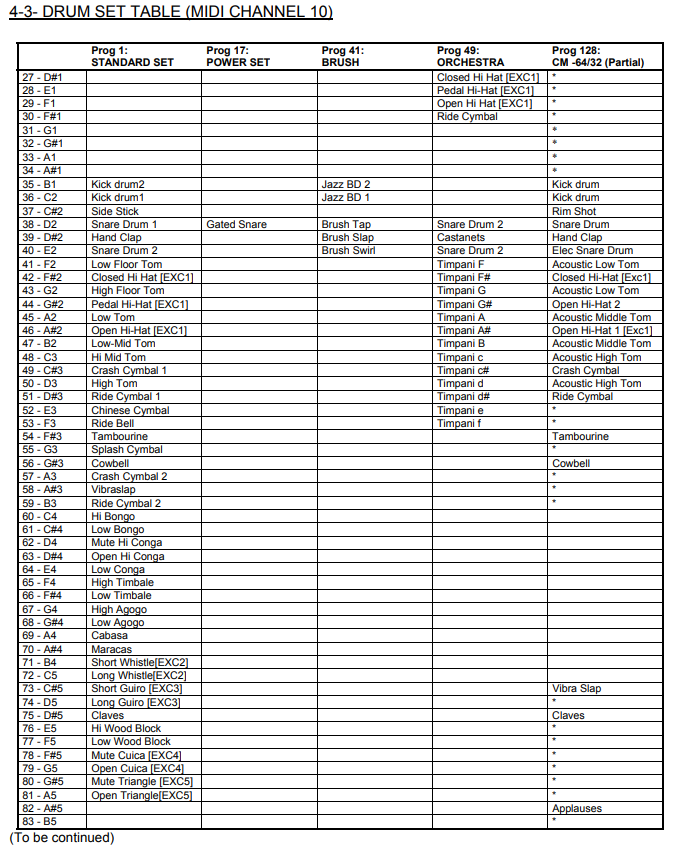

I do my programming with a mouse, so I've added rows that have the same instruments at 60% or 120% velocity (for example). They're not complicated, and can really help with your workflow. There's a tutorial somewhere on using Drum Maps. And drag/drop the rows to put them in a better order. You can also change the names if you want, to something that translates better.

Then change the Out # in the Drum Map to match the AD IN number notes. It mostly involves opening up AD and confirming the Drum Map In for each kit piece (and their various different hits). Open a Toontrack MIDI clip, with the Toontrack Drum Map. I'm not at my DAW, so this may have the wrong terminology, but the process should help. I still use the native drum synth when looking for the right loop, but then can drag it into the alternate MIDI map to have it play properly in the other synth (AD midi in SD, or SD midi in AD). I've done it for my go-to SD kit, and also to use my SD MIDI files in AD. You'll need to do this as they use different mappings for the kit pieces. None of those programs (including PT) can hold a candle to Audition for that.It's not hard to create a drum map to use Toontrack MIDI files in AD (or vice versa). The difference between Audition and all of the other software listed is that these are music creation programs, and Audition is, at heart, editing software. So I can understand the confusion it doesn't mention VSTi at all, but I strongly suspect that to use in conjunction with any other software, that's what the interface will be. Reason 9.5 (In Addictive Drums 2, the Bus channel cannot be sent to a separate out track.) While XLN Audio actively tests on the host applications listed below, this product should run on any host supporting VST, AU, or AAX plugins. I've lifted this direct from their website:

You should be able to run it as a standalone program, but as emmrecs says, you won't ever be able to control it from Audition - there's no mechanism for this at all.


 0 kommentar(er)
0 kommentar(er)
